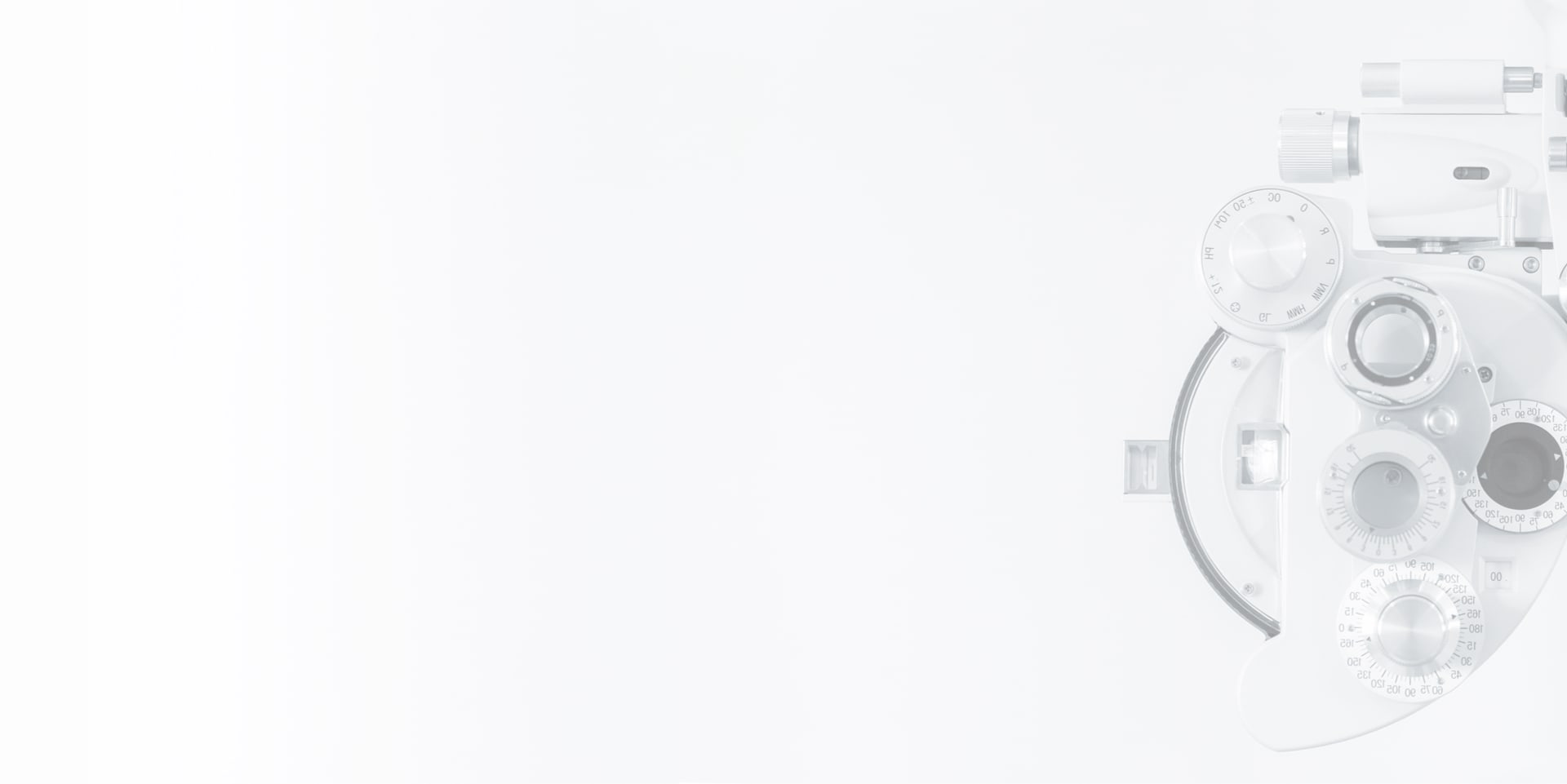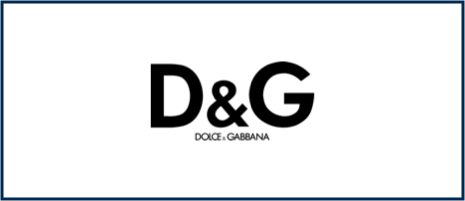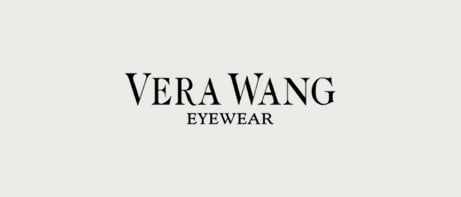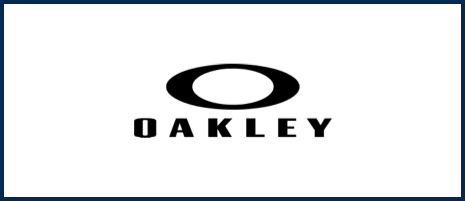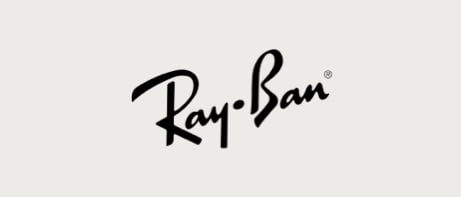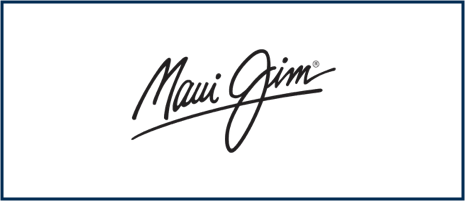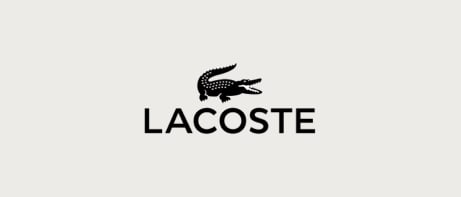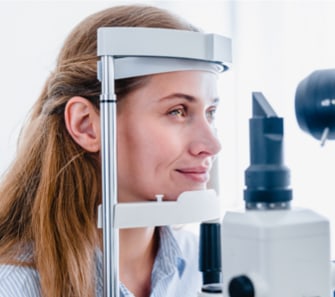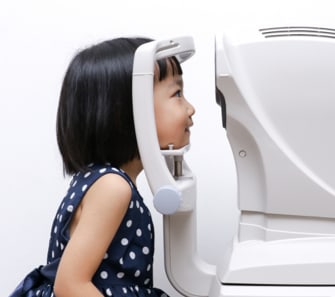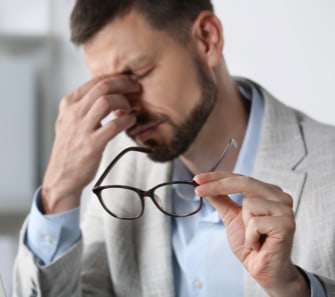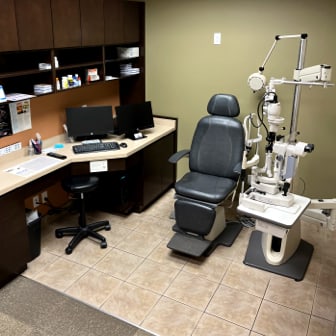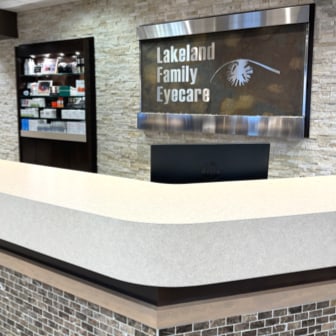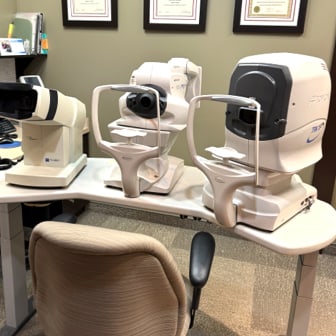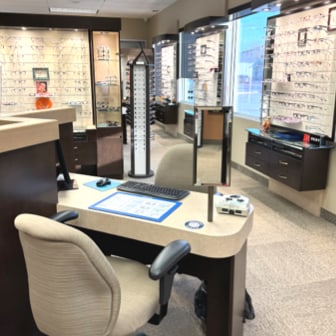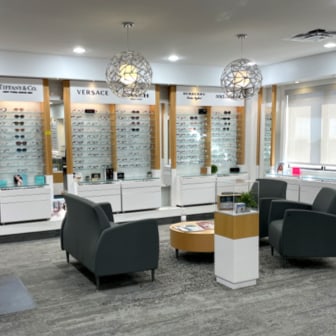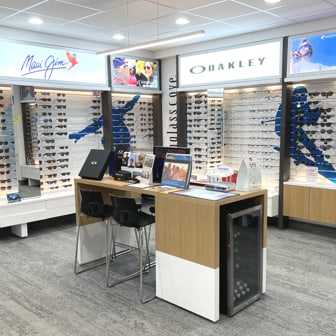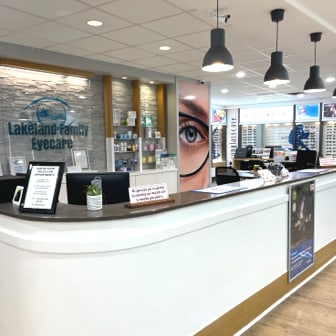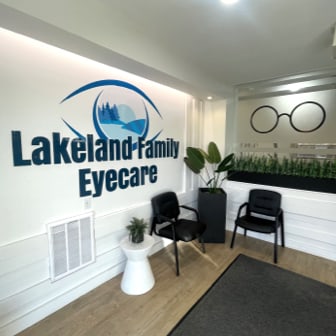Your eyes are important, and when your job has risks, you need the right protective eyewear. If you wear glasses, you need a solution that also corrects your vision while keeping you safe, which is why it’s important to know how often you should have an eye exam to keep your prescription current.
The right pair of prescription safety glasses combines certified protection, a proper fit, and lenses tailored to your specific workplace hazards. This guide walks you through how to choose a pair that fits your work and your needs.
Why You Need More Than Your Everyday Glasses
Regular glasses aren’t built to protect you from workplace hazards like flying debris or splashes.
Wearing safety goggles over your eyeglasses can be uncomfortable, cause fogging, and even affect your vision. This, of course, can be unsafe.
Prescription safety glasses solve both problems at once—they give you clear sight and certified protection in one comfortable pair.
Look for the Official Safety Stamp
You can tell if a pair of glasses is safety-rated by looking for marks on the frame and lenses. These stamps show that the glasses passed tests for durability and impact resistance and that they are designed to address common eye hazards in the workplace.
What The CSA & ANSI Marks Mean
In Canada, look for the CSA Z94.3 mark. This is the Canadian standard for protective eyewear. You might also see ANSI Z87.1, which is the American standard—both mean the glasses are tested for safety.
What About A Z87+ Mark?
The “+” symbol means the glasses passed a high-velocity impact test. This is an important feature for jobs with a risk of fast-moving objects or debris.

Match Your Glasses to Your Job’s Hazards
Different jobs expose your eyes to different risks. The right pair of safety glasses for a construction site may not be the same as what’s needed in a lab.
For Dust, Debris & Impact
If you work in construction, carpentry, or manufacturing, you need protection from flying particles. Even a small object can cause a serious injury, which is why having access to emergency eye care is so important.
- Wraparound frames offer side protection.
- Goggles create a seal around your eyes to block fine dust.
- Side shields can be added to some frames for extra coverage.
For Splashes & Chemicals
For those in labs or healthcare, protection from splashes is key. Look for goggles or frames that sit close to your face to create a protective seal, as this can help block liquids from reaching your eyes. The principles of choosing the right protection extend beyond the job site; understanding eye safety at home involves similar considerations for different tasks.
Key Features for Your Safety Glasses
Once you know the risks, you can focus on getting safety glasses that address them. Think about the frame, lenses, and any extra coatings that might help keep your eyes safe.
Frames Built for Durability & Comfort
Safety frames are made from strong materials that resist breaking. Look for a style that feels comfortable and sits securely on your face without slipping. A good fit means better protection.
Lens Materials for Protection
The lenses are your main shield against job site risks. Most safety lenses are made from:
- Polycarbonate: This material is lightweight and highly resistant to impact.
- Trivex: Also very impact-resistant and lightweight, offering great optical clarity.
Lens Tints & Coatings
You can add features to your lenses to suit your environment and make your work day easier.
- Anti-Fog Coating: Helps keep your vision clear in humid conditions or when wearing a mask.
- Scratch-Resistant Coating: Extends the life of your lenses.
- Polarized Lenses: Reduce glare from surfaces like water or pavement for outdoor work, helping to protect against unseen UV damage.
- Photochromic Lenses: These automatically darken in sunlight and lighten indoors.
Get the Right Fit & Care for Your Eyewear
Even the most protective glasses won’t work well if they don’t fit or if your prescription is wrong. Proper care also helps your glasses last longer and perform their job correctly.
Start with an Up-To-Date Eye Exam
Your vision can change over time, so it’s a good idea to start with a current prescription.
A Snug Fit Is a Safe Fit
Your safety glasses should sit close to your face with minimal gaps. They should rest comfortably on the bridge of your nose and over your ears without pinching or feeling loose. This ensures that debris can’t get in around the edges.
Clean & Store Your Glasses Properly
Clean your lenses daily with solutions and clothes made for eyeglasses. When you’re not wearing them, store your glasses in a protective case to prevent scratches and damage. Inspect your glasses regularly for any signs of wear.
Know When to Replace Them
If your glasses become scratched, pitted, or bent, it’s time for a new pair. Damaged frames or lenses can compromise your safety and affect your vision.
Choosing the right prescription safety glasses is a key step in protecting your vision at work. From the safety rating to the fit and features, every detail matters to keep you safe on the job.
At Lakeland Family Eyecare, we’re here to help you find a pair that meets your job’s safety requirements and your vision needs. Request an appointment with us today to get started.
